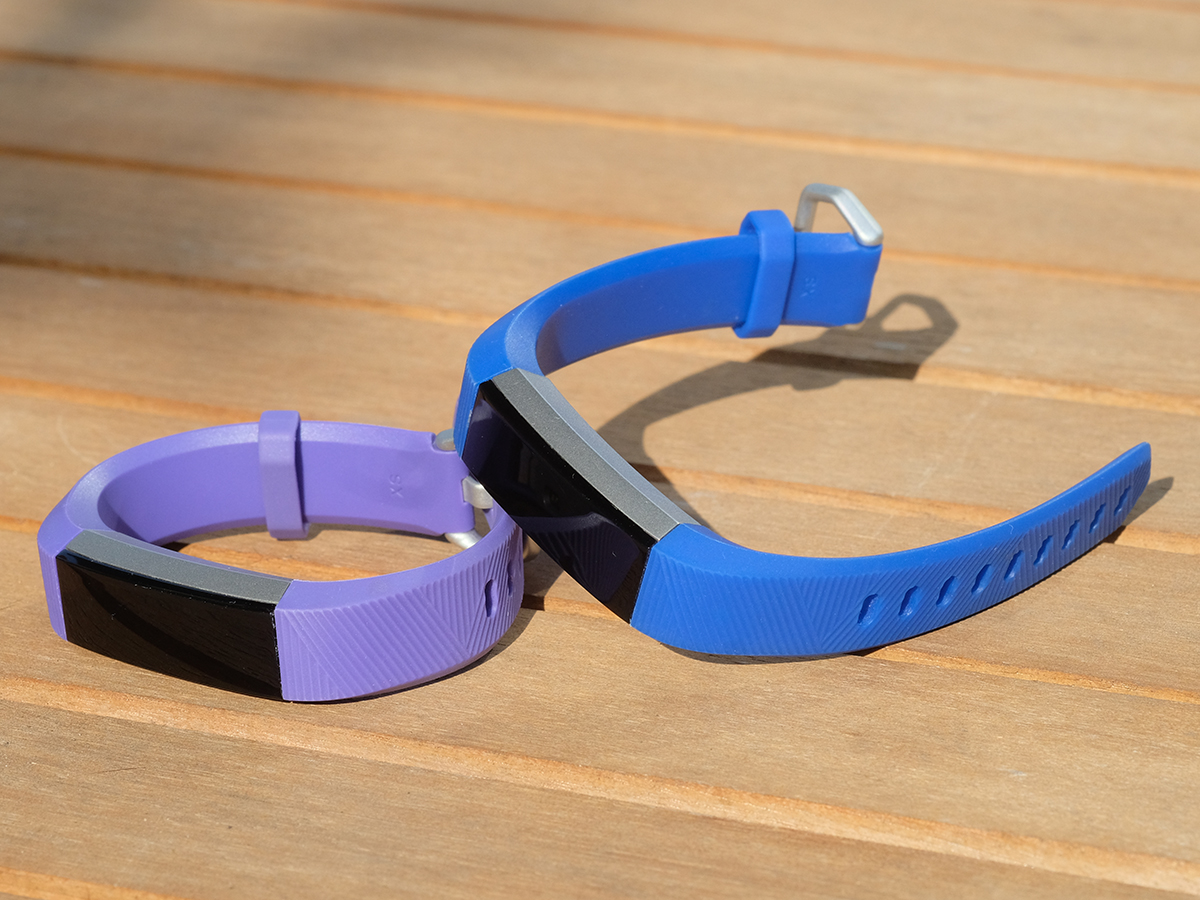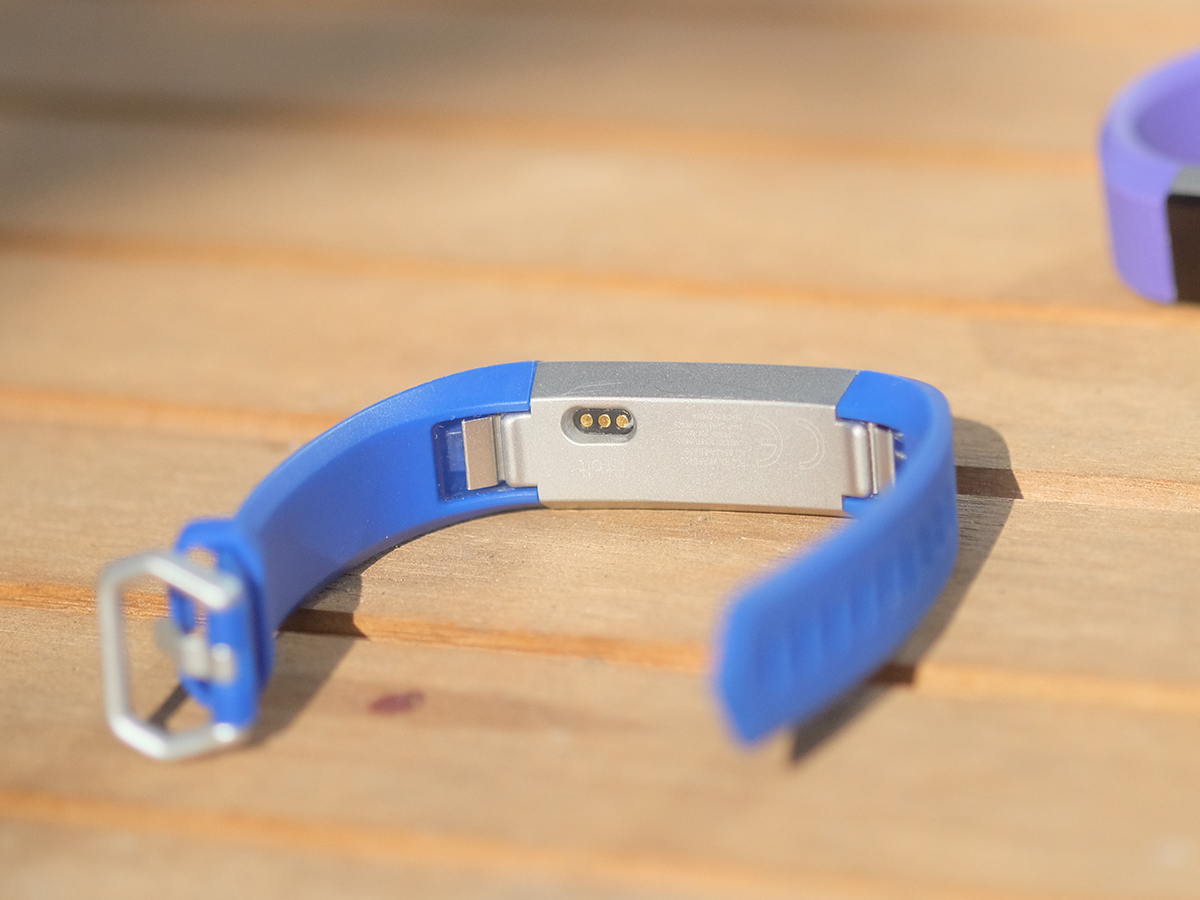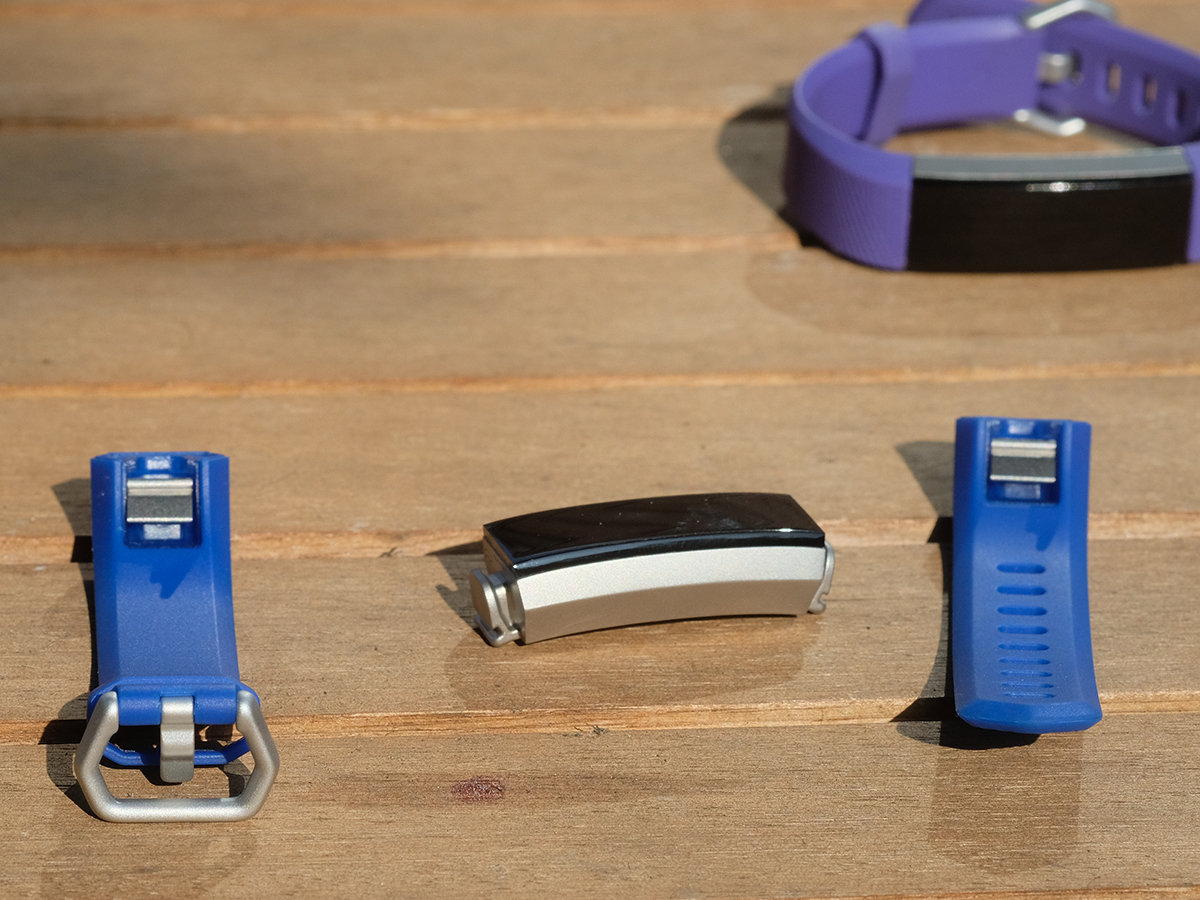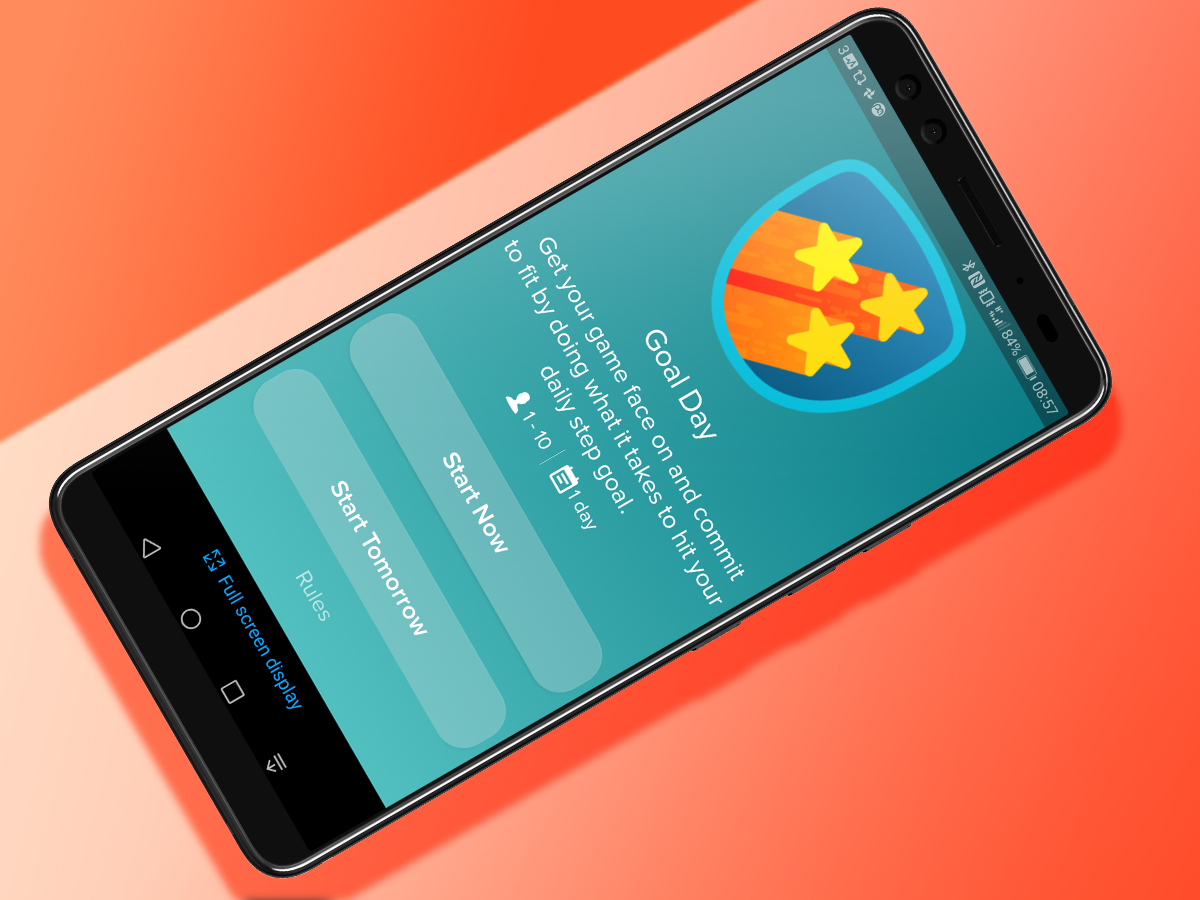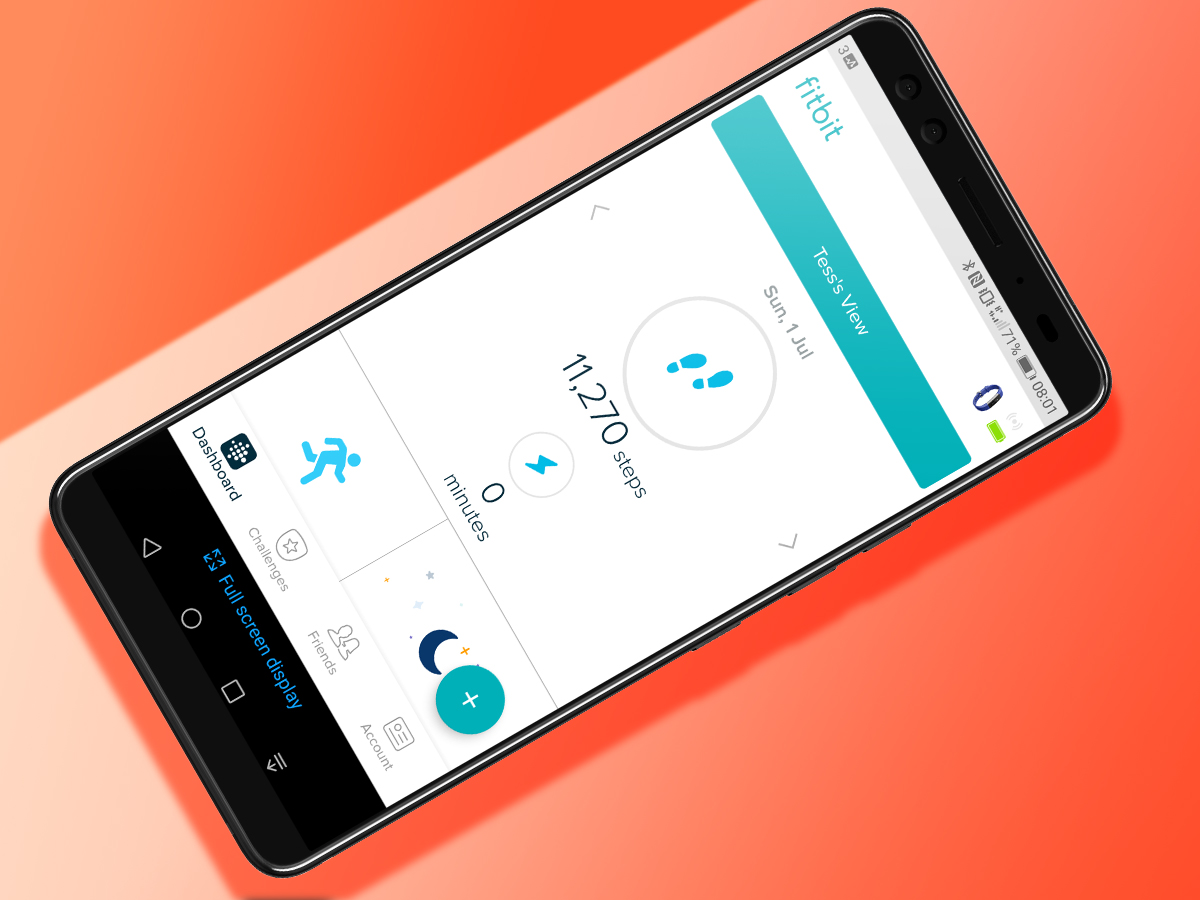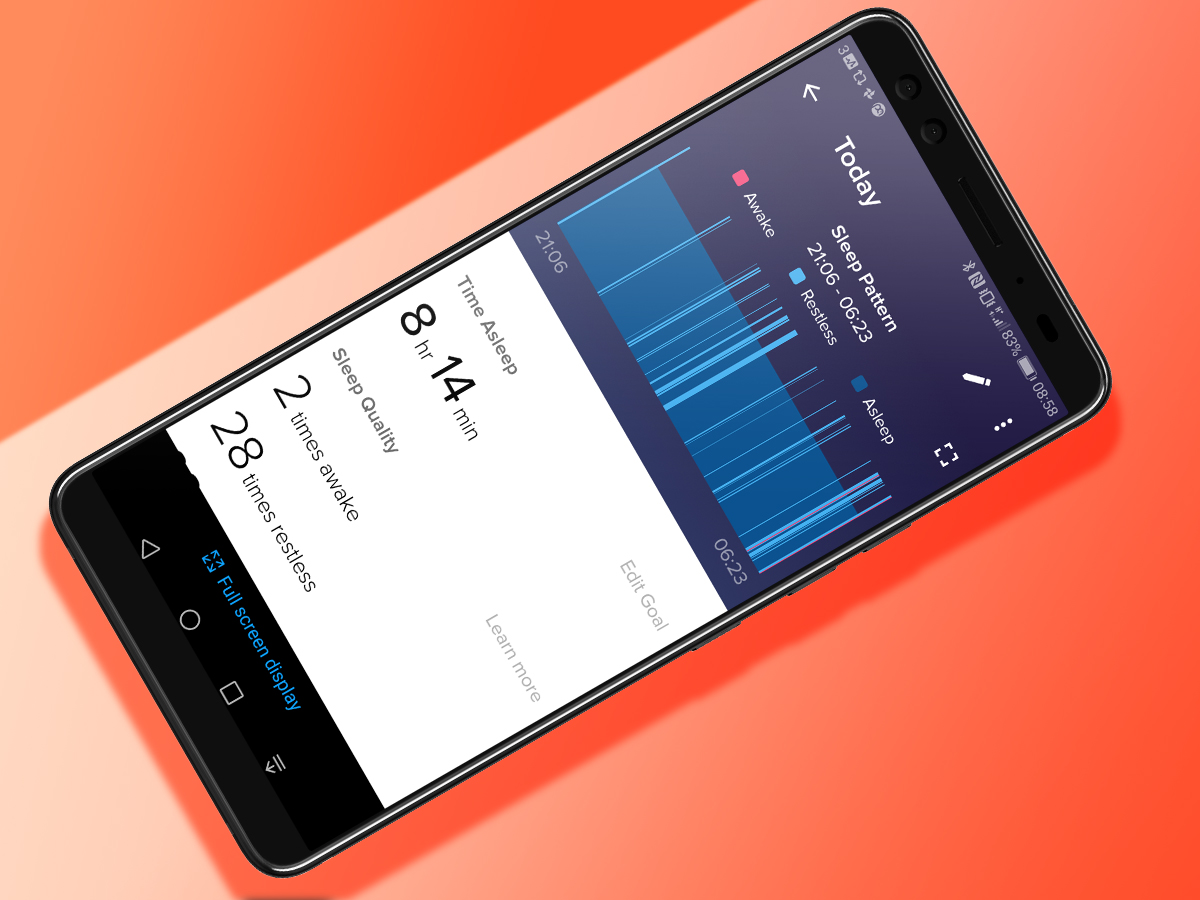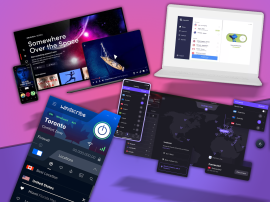Fitbit Ace review
Beginner-level fitness tracking for small people
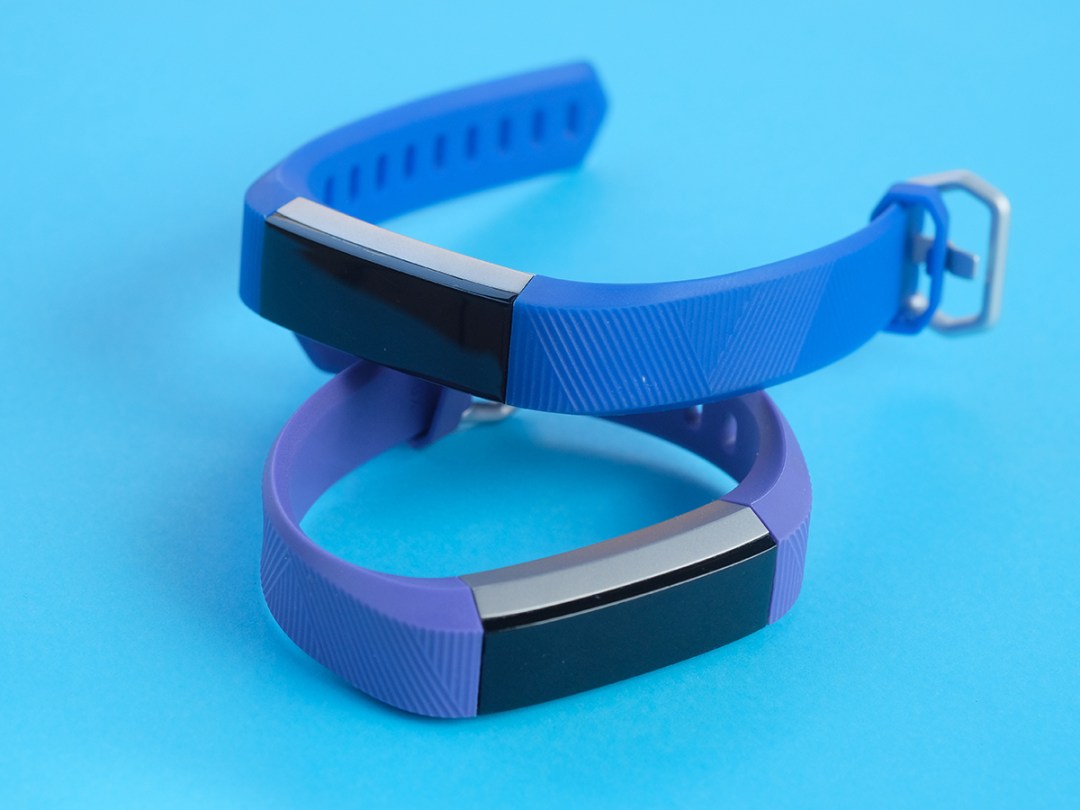
Fair play to Fitbit for making a child-focused fitness tracker. Problem is, it can behave like an infant too.
How so? Well the Fitbit Ace is small, cute and doesn’t cause you too much trouble most of the time. But on the flip side it’s also really annoying in some ways, unable to complete the simplest of tasks, and prone to bouts of utter stupidity.
At its heart, this is a grown-up fitness device in a diminutive package. It tracks your child’s steps, activities and sleep while looking every bit the sleek, stylish band they’ve seen mummy and daddy wearing. And it costs a bit less than the adult version, too.
It’s aimed at kids aged eight and above, and arrives with promises that it’ll help drag them away from the screen and into the garden.
Which is all very well, but does it pass the parent test and actually make your life easier too? Let’s find out.
DESIGN
The Fitbit Ace is essentially a Fitbit Alta with a smaller strap, and design-wise that’s mostly a good thing.
For those of you not familiar with the Alta, it’s one of Fitbit’s 923-strong current range of trackers, and consists of a small metal lozenge with an OLED screen that clips on to a pair of durable rubber straps.
Those straps can be easily swapped out, giving you the ability to customise your Alta and disguise it as a piece of jewellery, for instance. And, in this case, it’s given Fitbit the ability to add some child-sized straps and remarket an old device at an entirely new audience. Cynical? Me?
As with the Alta, the Ace is therefore a good-looking, if fairly unremarkable, device. It does the job without drawing attention to itself, basically. But that feels to me like a missed opportunity, because many kids like drawing attention to themselves, and they certainly like individuality. With only two colour options – blue and purple – they won’t get that here.
Of course they could swap the straps for third-party offerings, but as yet there are no particularly child-friendly options on the market. The rival Garmin Vivofit Jr, meanwhile, has both Disney and Marvel designs on its straps.
Still, build quality is excellent, and it is, I’m told, comfortable enough to wear all day and even in bed. It’s also water-resistant to IPX7 standard, meaning it can cope with a water-fight in the garden, if not a full-on swim in the pool.
Battery life is average, at around five days, and charging is via a custom bulldog clip-like gizmo, rather than generic USB. That means you won’t mistake it for anything else, but also that if you lose it (or more likely your kids do) you’ll have to buy another one.
FEATURES
IN USE – CHILDREN
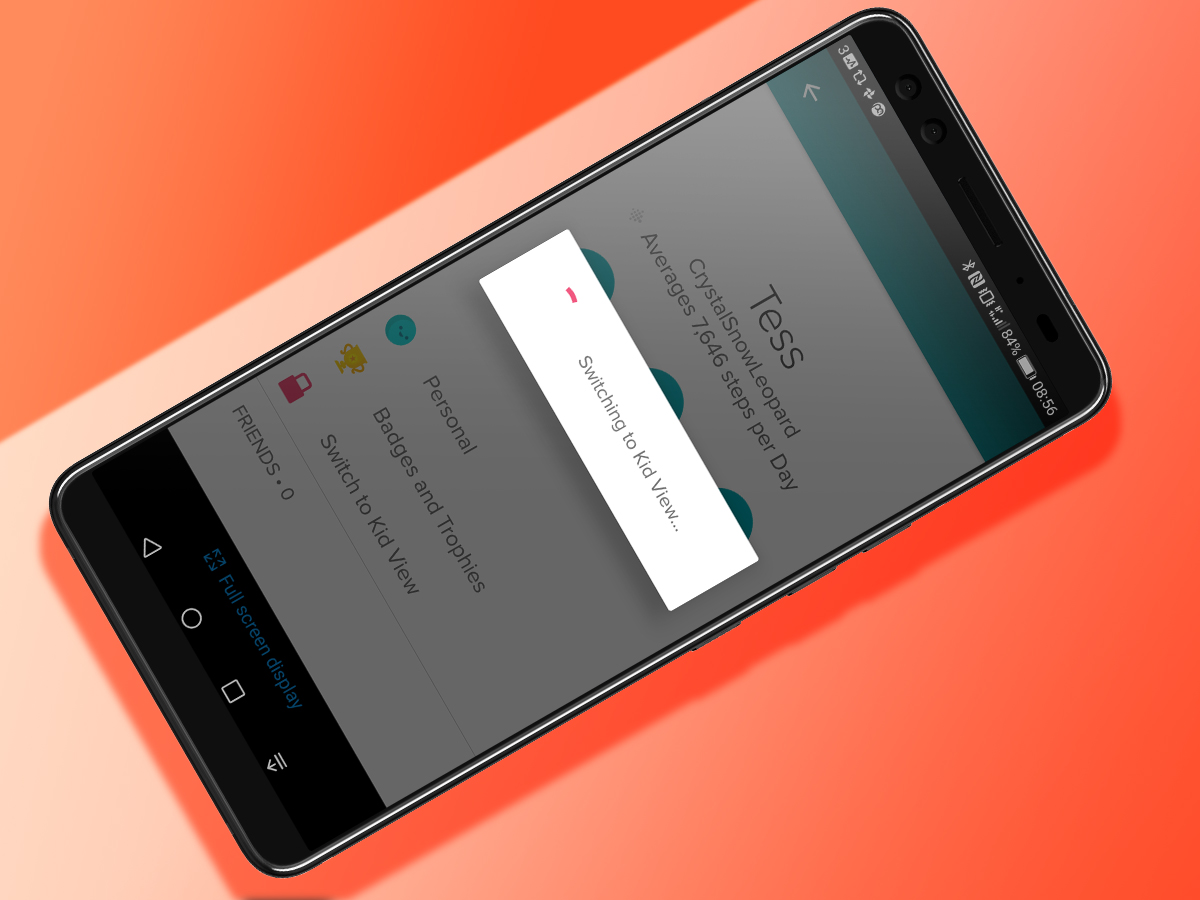
IN USE – PARENTS
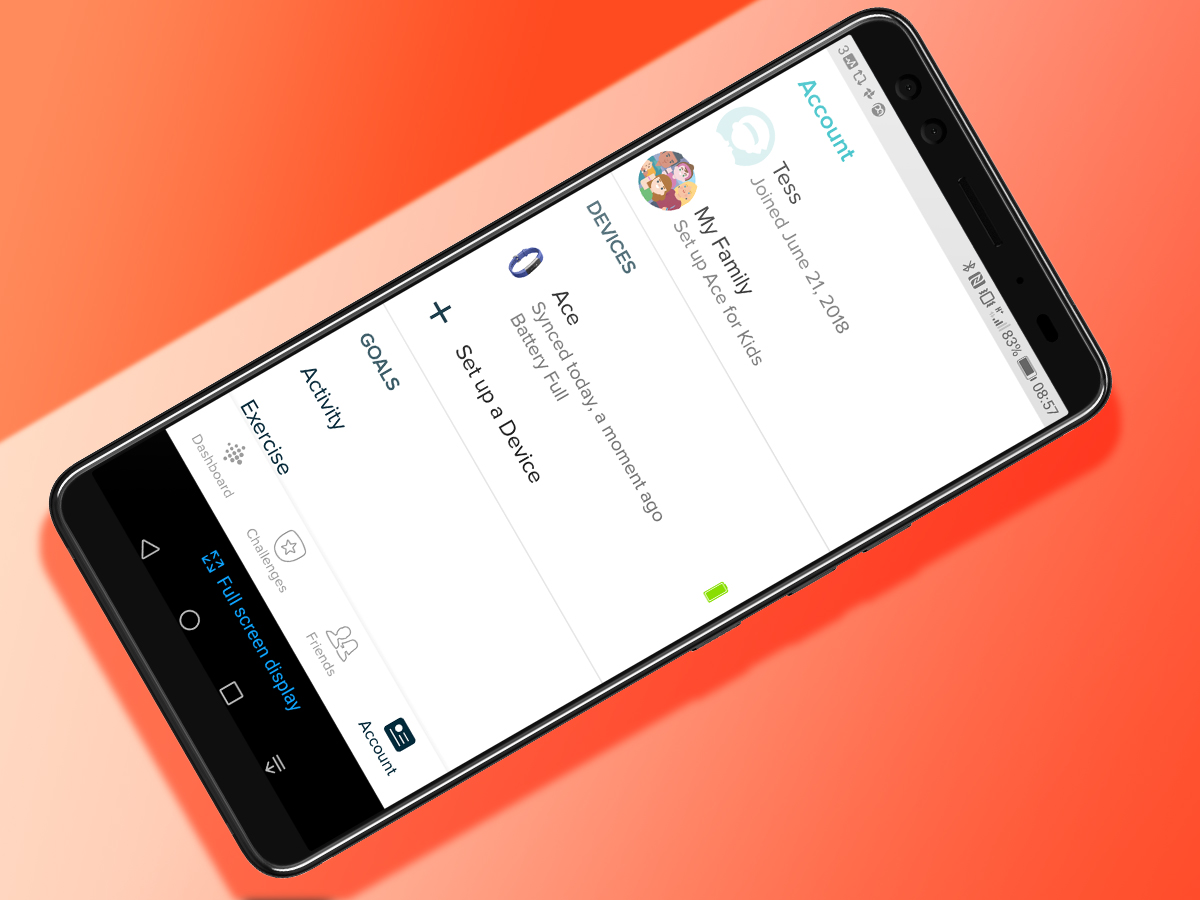
THE KIDS’ VERDICT
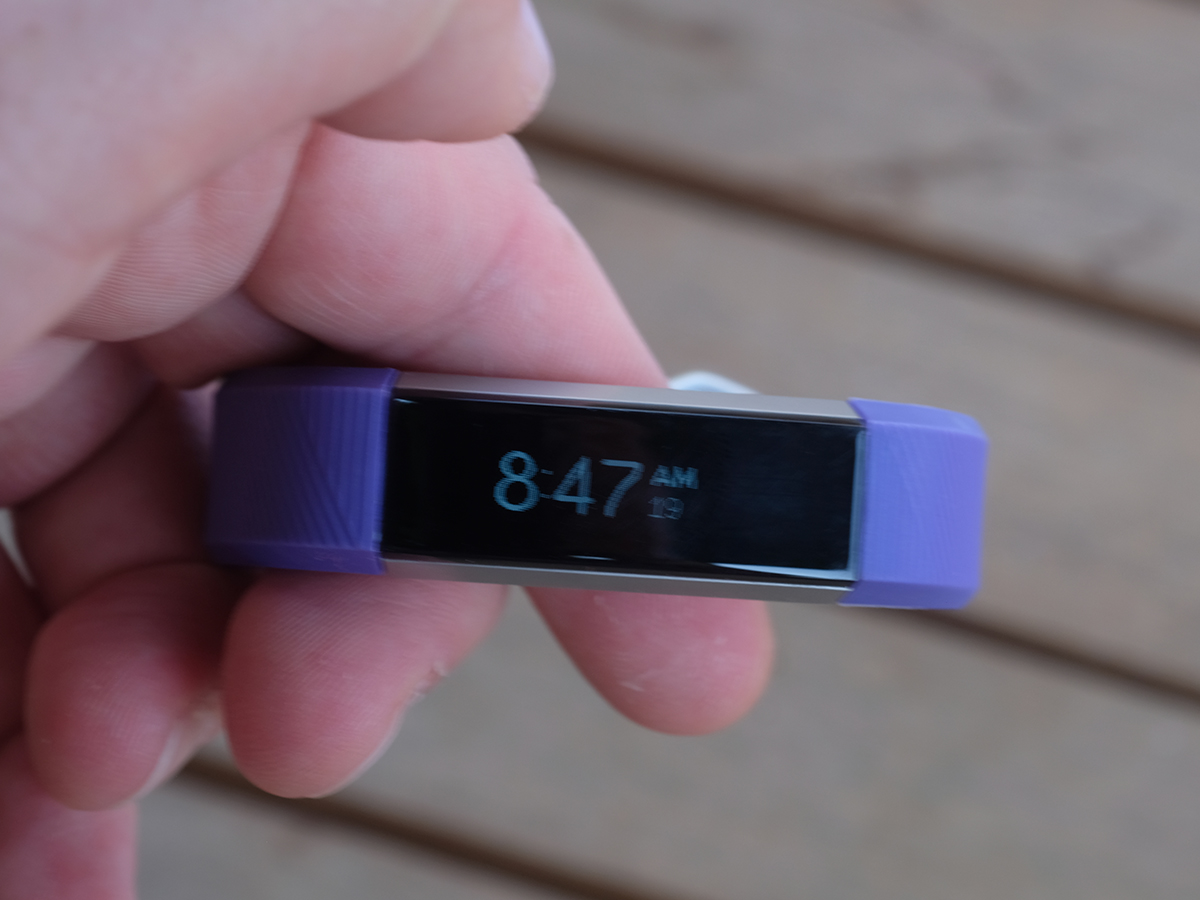
Lyra (8):
“It’s annoying because I have to go to school every day so I can only wear it after school. It’s a bit hard to get it off and on and I’m not sure it’s counting my steps properly because it said I’d done 9994 and we were only shopping! It doesn’t stay on the information long enough and it takes too many taps to open it but it does make a good clock and timer and I like the challenges.”
Tess (8):
“It’s OK but it’s not easy to go on the challenges because they are only on the phone and I’m not allowed to have one yet. It feels good to wear and I even sleep in it and it’s comfortable.”
Fitbit Ace verdict
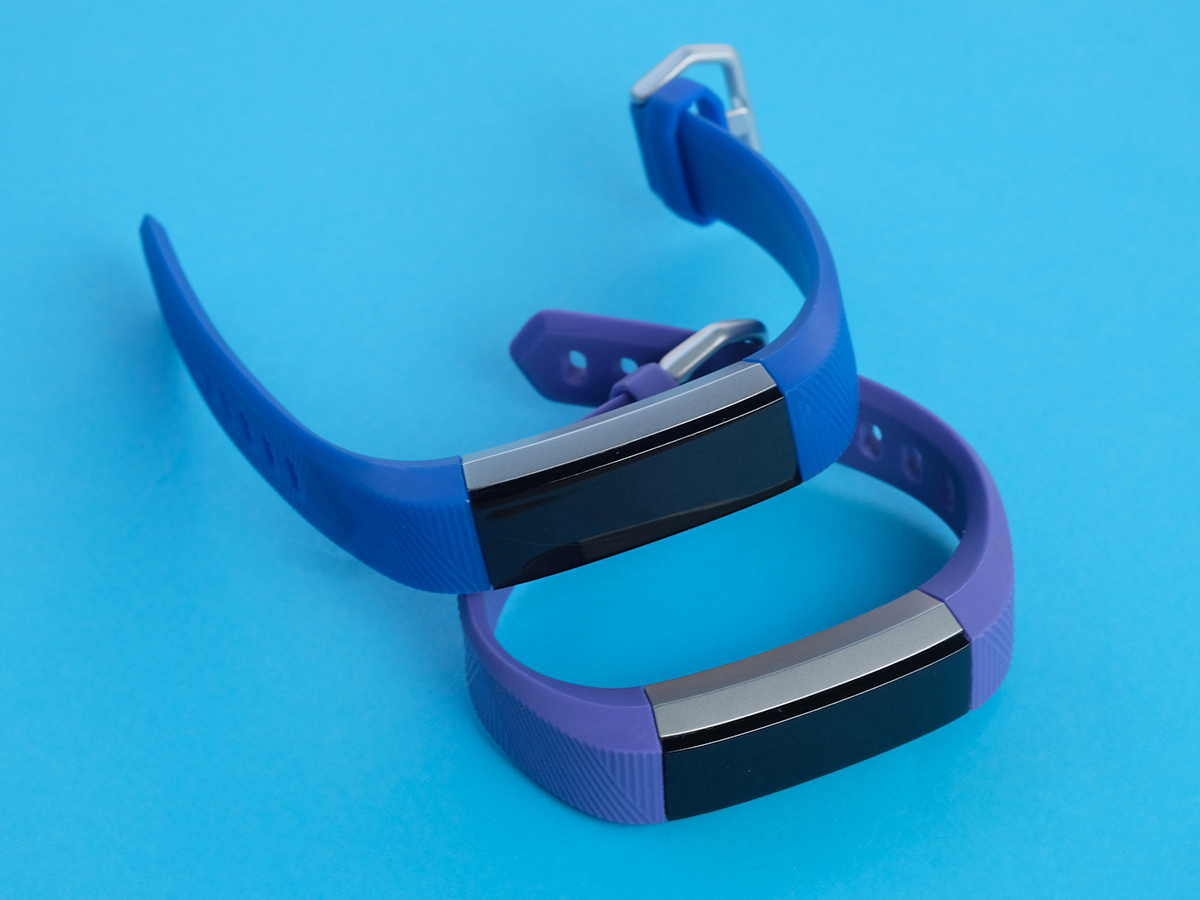
Stuff Says…
The Ace succeeds in its goal of getting kids moving, but is liable to stress you out at the same time
Good Stuff
Excellent build quality
Gets your kids moving
Simple for them to use
Bad Stuff
Poor app implementation
Too many features are phone-only
Lack of child-friendly designs
